Video
Sign up for our newsletter
We summarize the week's scientific breakthroughs every Thursday.
-
 Earth
EarthHow AI can help forecast how much Arctic sea ice will shrink
Trained on sea ice observations and climate simulations, IceNet is 95 percent accurate in forecasting sea ice extent two months in advance.
-
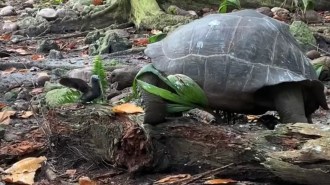 Animals
AnimalsA giant tortoise was caught stalking, killing and eating a baby bird
Video captures the first documented instance of a tortoise hunting another animal.
-
 Health & Medicine
Health & MedicineWhat science tells us about reducing coronavirus spread from wind instruments
Performers struggled to find evidence that would free them from musical lockdown, so they partnered with researchers to get some answers.
-
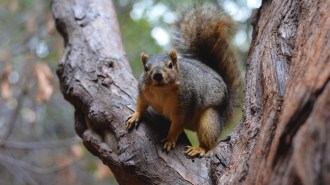 Animals
AnimalsSquirrels use parkour tricks when leaping from branch to branch
Squirrels navigate through trees by making rapid calculations to balance trade-offs between branch flexibility and the distance between tree limbs.
-
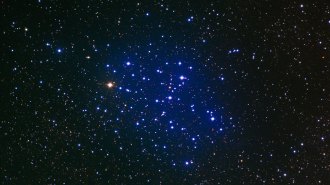 Space
SpaceHow do scientists calculate the age of a star?
There are a few different methods to determine the age of a star, but none are perfect.
By Lisa Grossman and Helen Thompson -
 Health & Medicine
Health & MedicineThe coronavirus cuts cells’ hairlike cilia, which may help it invade the lungs
Images show that the coronavirus clears the respiratory tract of hairlike structures called cilia, which keep foreign objects out of the lungs.
-
 Life
LifePikas survive winter using a slower metabolism and, at times, yak poop
Pikas endure bone-chilling temperatures on the Qinghai-Tibetan Plateau by reducing their metabolism, and when possible, eating yak poop.
-
 Physics
PhysicsGravitational waves reveal the first known mergers of a black hole and neutron star
For the first time, LIGO and Virgo have detected long-anticipated gravitational waves from a black hole merging with a neutron star.
-
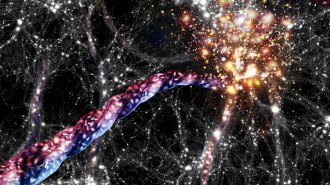 Space
SpaceCosmic filaments may be the biggest spinning objects in space
Filaments of dark matter and galaxies, which can stretch millions of light-years, might help astronomers figure out the origins of cosmic spin.
-
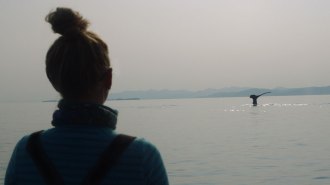 Animals
Animals‘Fathom’ seeks to unravel humpback whales’ soulful songs
The film ‘Fathom’ on Apple TV+ follows the quest of researchers on the ocean’s surface to decipher the eerie symphony of humpback whale calls below.
By Jake Buehler -
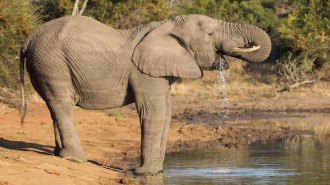 Animals
AnimalsNewly recognized tricks help elephants suck up huge amounts of water
New ultrasound imaging reveals what goes on inside a pachyderm’s trunk while feeding. It can snort water at the rate of 24 shower heads.
By Sid Perkins -
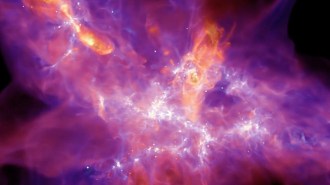 Astronomy
AstronomyWatch this beautiful, high-resolution simulation of how stars are born
The STARFORGE simulation follows a giant gas cloud as it collapses into new stars, accounting for all the phenomena thought to influence the outcome.